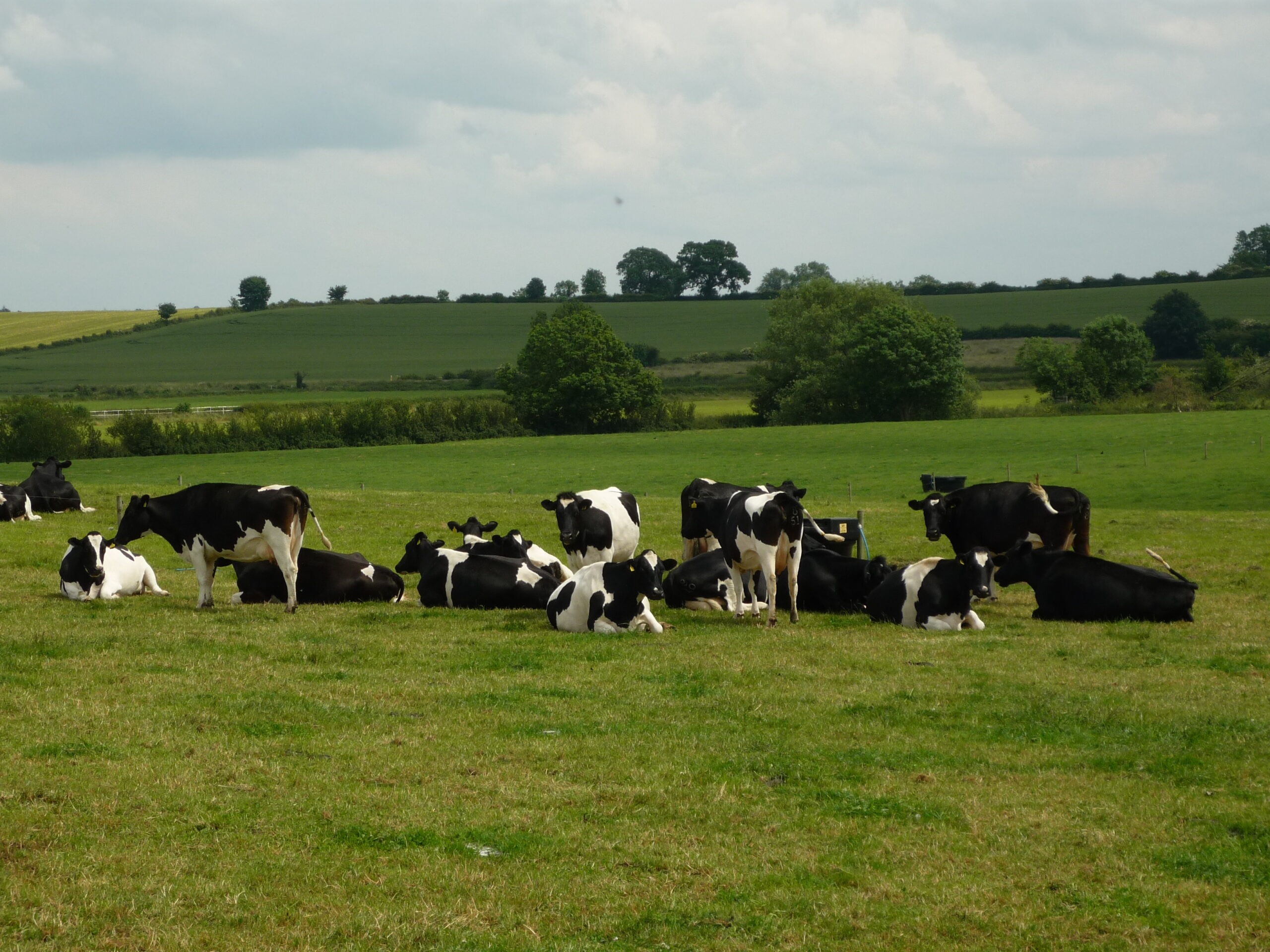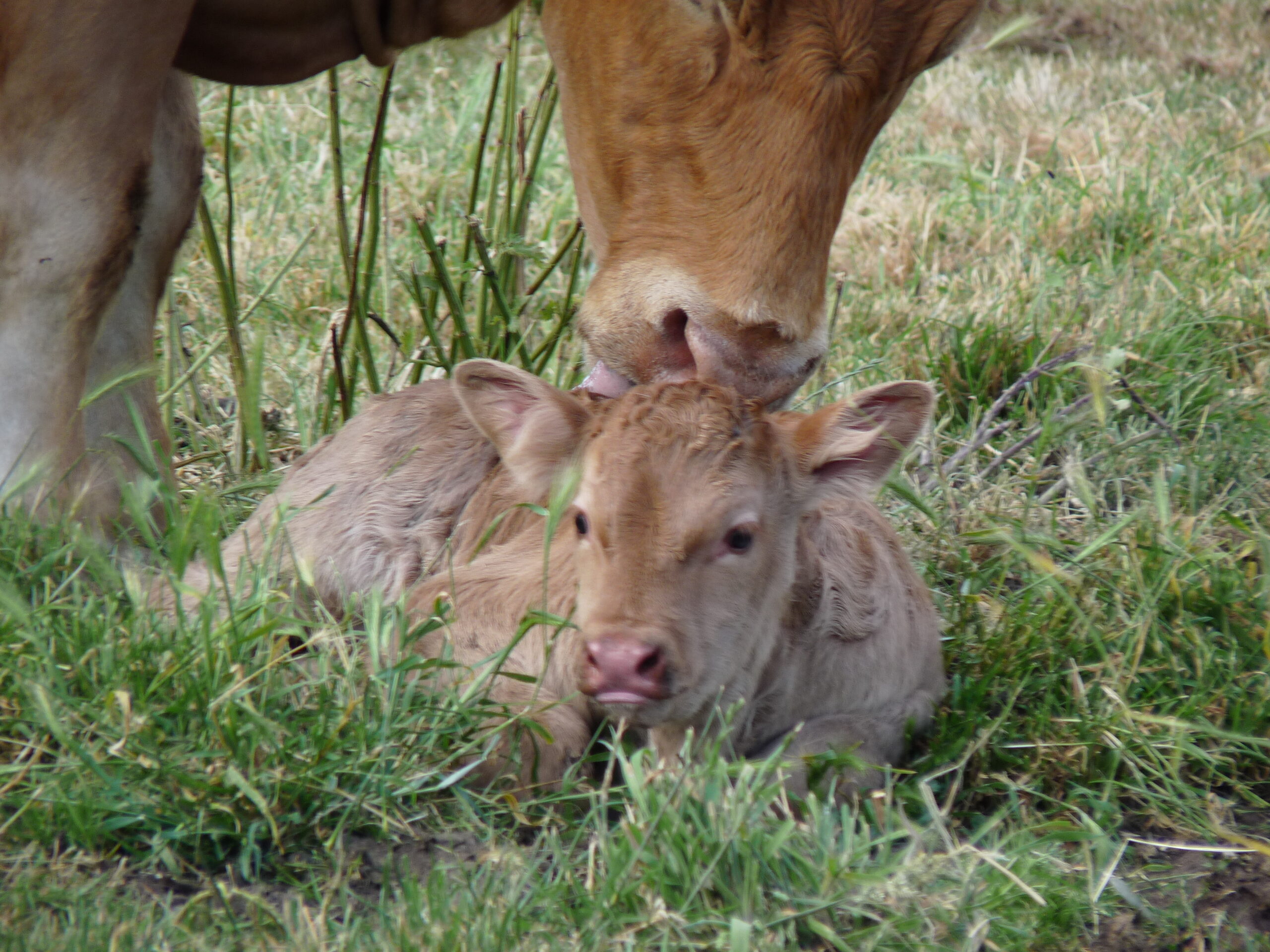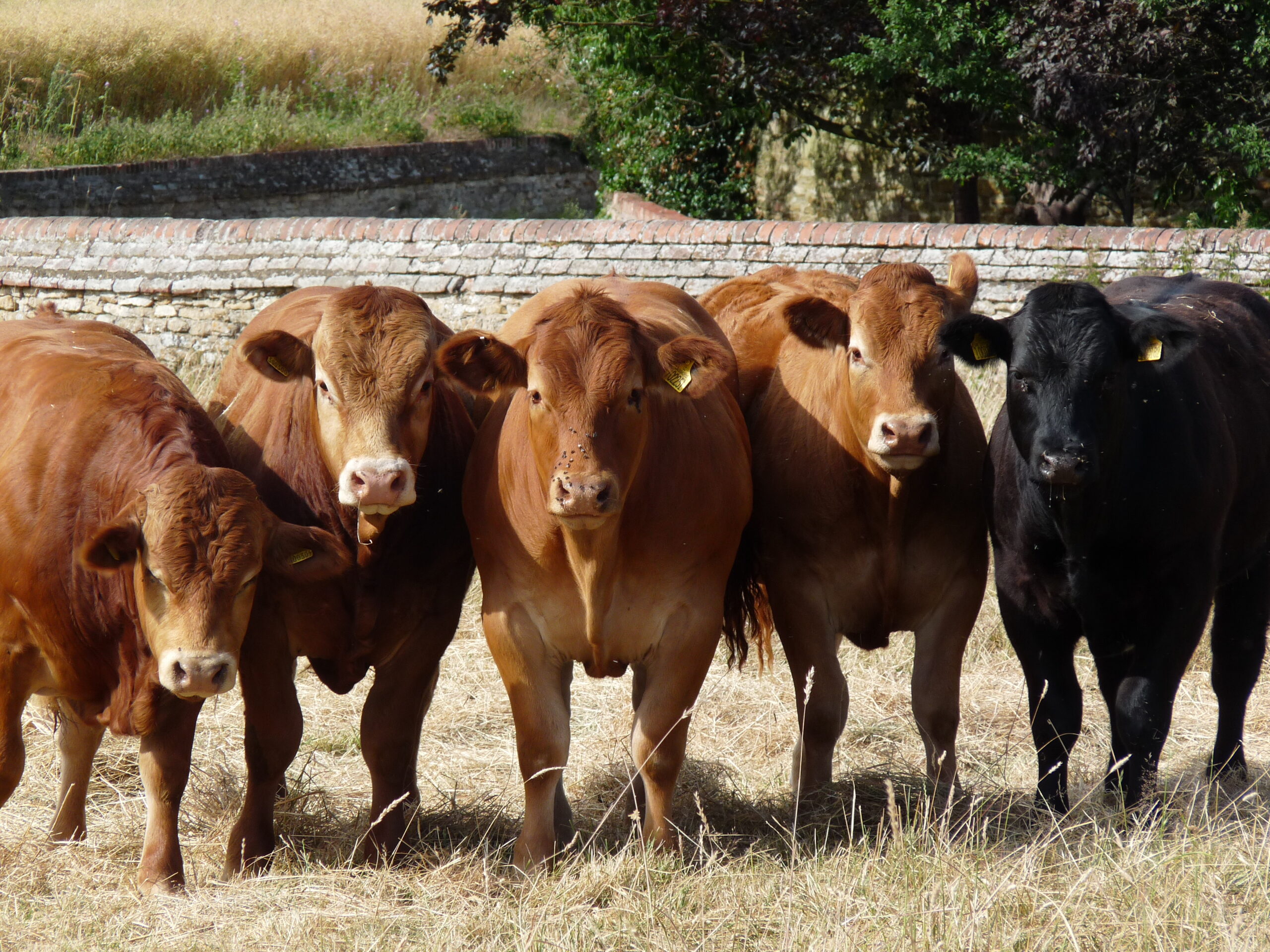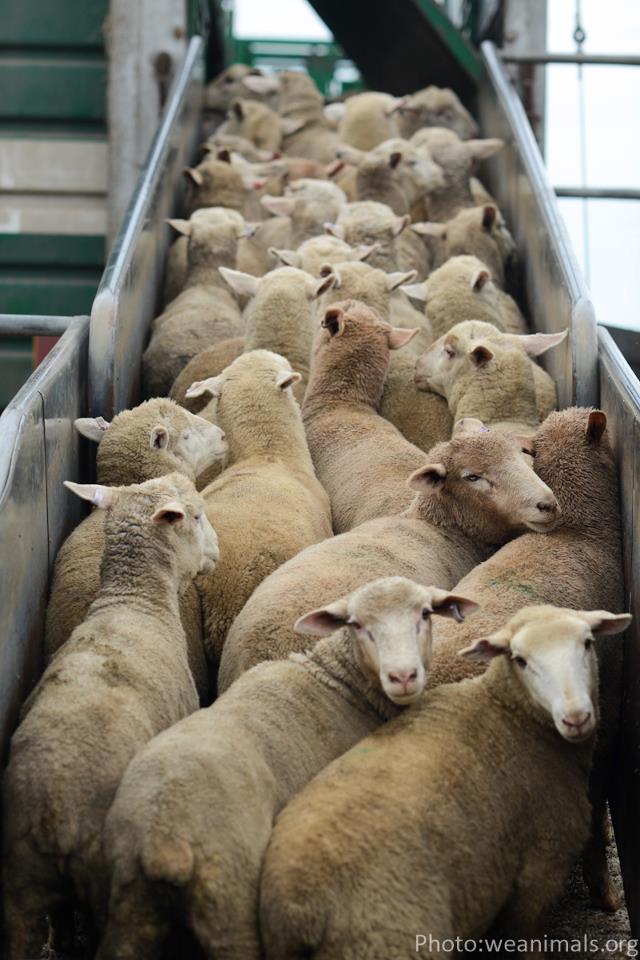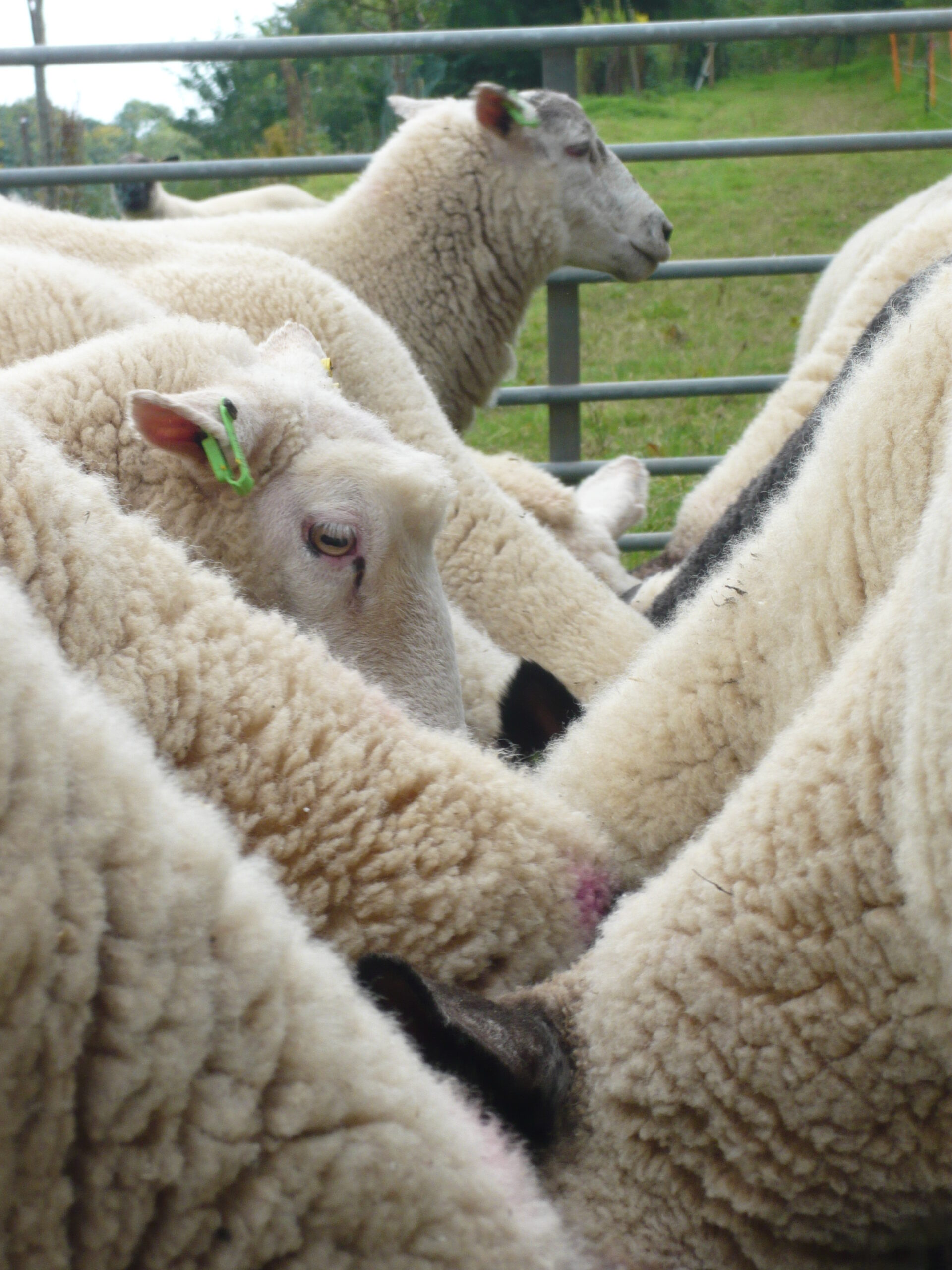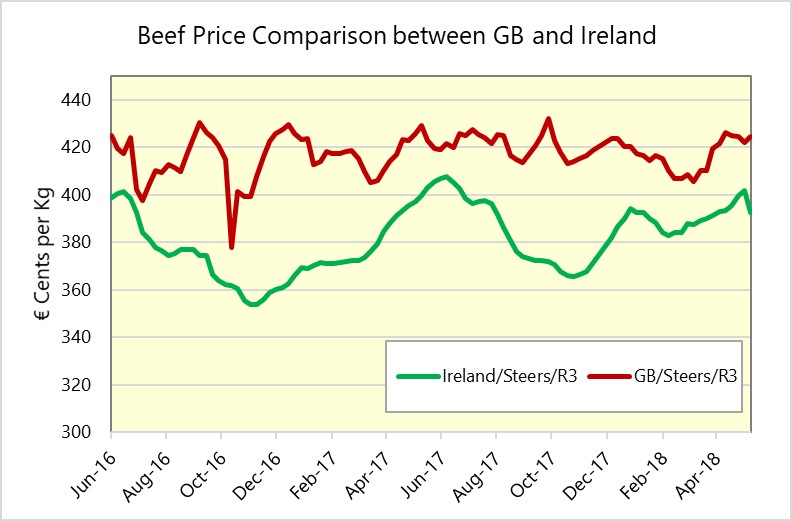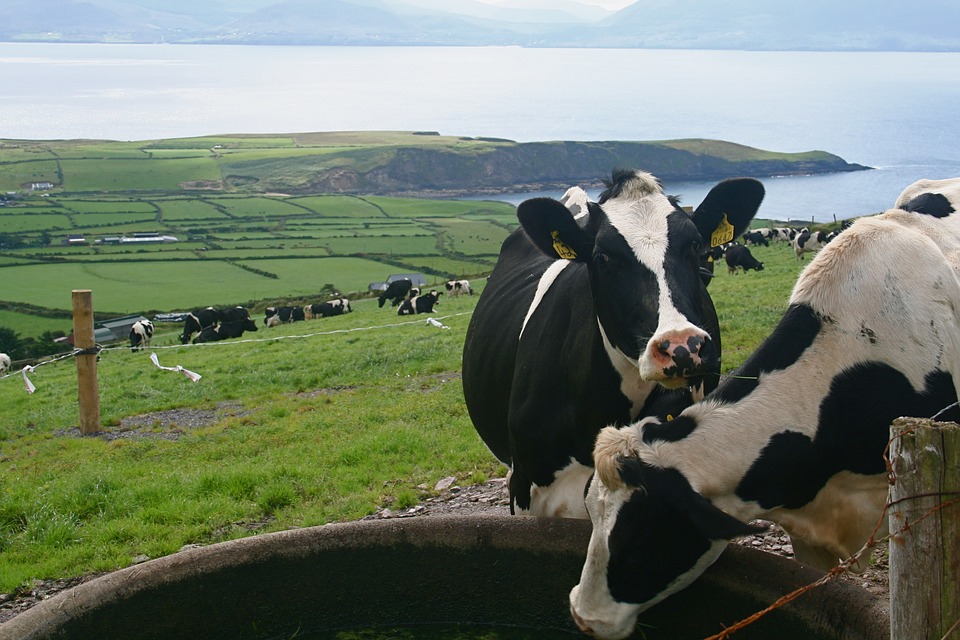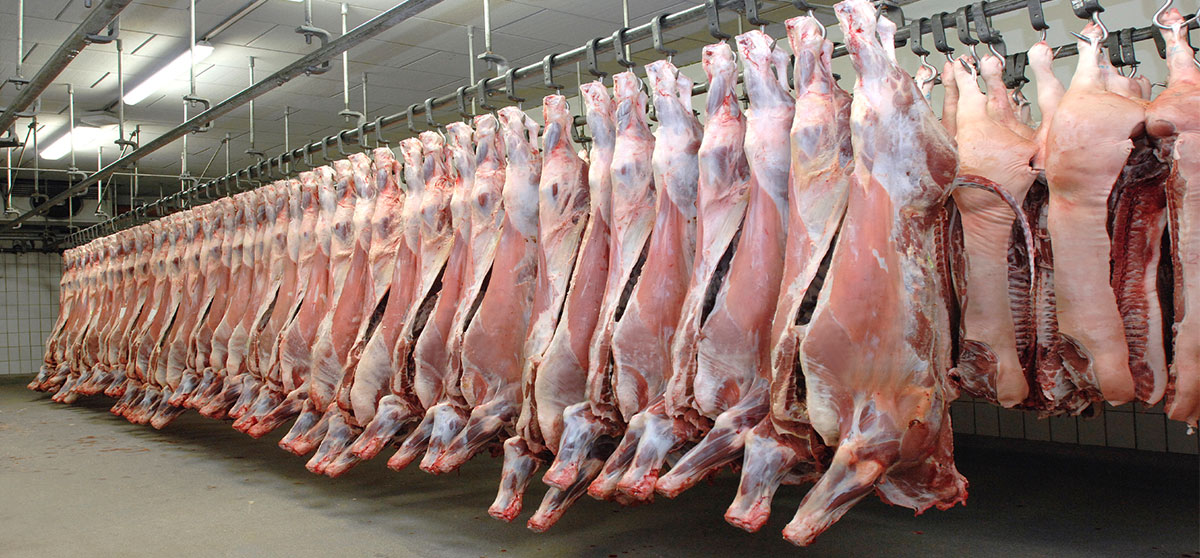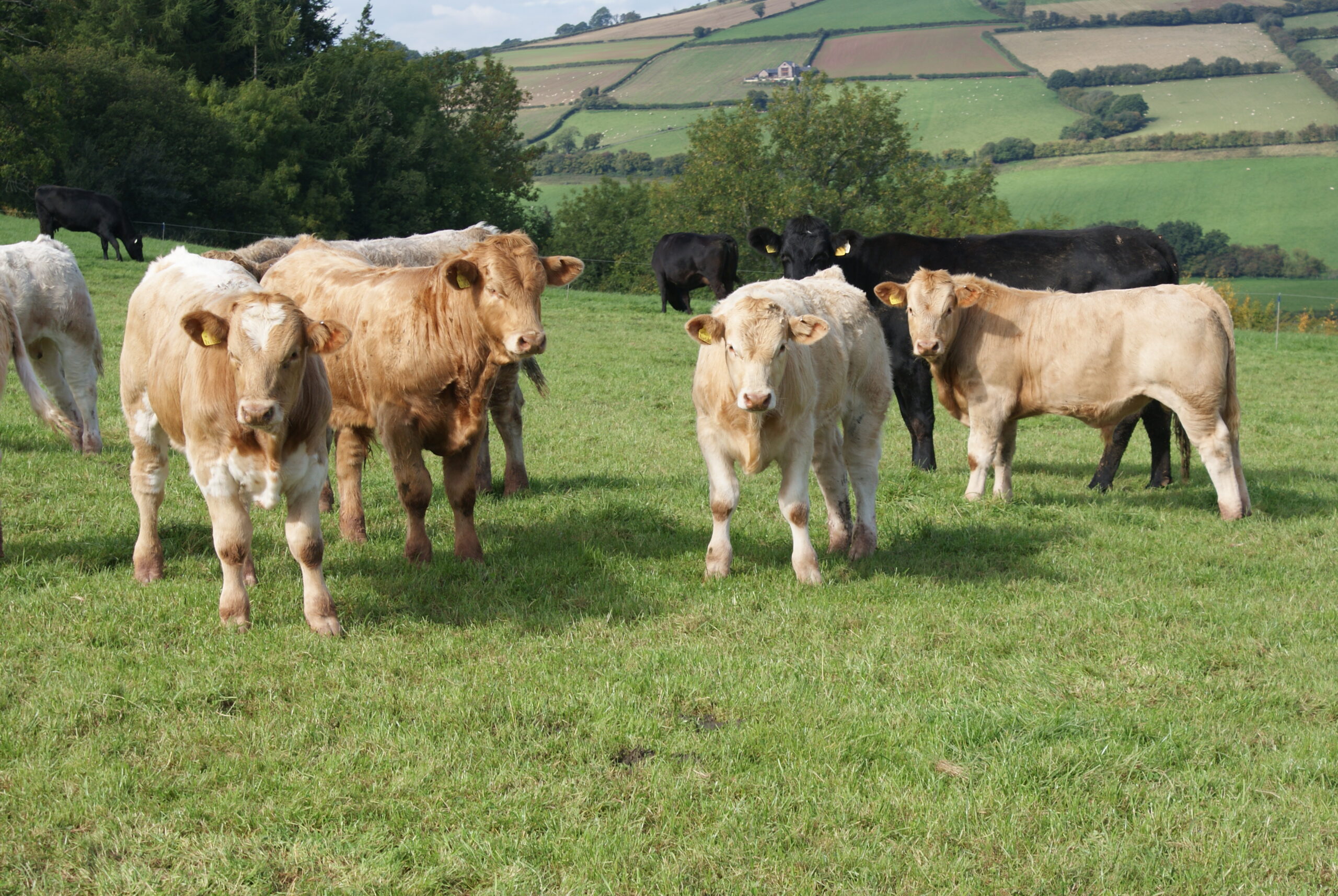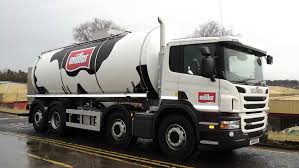Population
Latest data from the British Cattle Movement Service (BCMS) show that the GB dairy herd was 50,000 head (1.8%) less in April 2018 than year-earlier levels. The move away from dairy to beef inseminations over the last few years, sees a 7.6% reduction in the number of heifers aged between 1 and 2 years, compared with last year, which will have an affect on the availability of herd replacements going forward.
Even so, figures show that the actual milking herd is only 0.4%, or 8,000 head, fewer. However, the data shows that the number of cows, aged 4-6 years, at the peak of their production, fell by 26,000 head over the year. These have been replaced by younger cows, 2-4 years, but are likely to be yielding less and therefore although cow numbers are similar, production is likely to be affected.
Production
Daily delivery data shows that GB milk production peaked on 19th May, with a seven-day average rolling production of 36.6 million litres. The peak was later than usual, but was expected following the cold, wet spring. In April production was running about 2% behind last year, but the better weather saw grass growth improve in May and by 19th production was only about 0.2% behind earlier levels. But pastures are now drying out following the recent hot, dry weather, particularly on lighter land which is already beginning to burn up; all are in need of some rain if future volumes are not to be significantly affected. Maize is also expected to be affected by heat stress. There is anecdotal evidence that some producers are drying off autumn calvers now in a bid to save pastures for those that calved in the spring. Production figures are reported monthly in Key Farm Facts.
Prices
Commodity markets for butter, SMP, mozzarella and mild cheddar all remain firm. Both butter and SMP prices appear to be having a ‘pause’ but they are expected to increase again, with butter perhaps reaching its previous peak price of €7,000. Mozzarella supplies remain tight (see last month’s article) and mild cheddar also looks like it is heading towards its peak set last summer. Farmgate prices are also continuing to rise; some of the more notable increases announced for 1st July include:
- 1.92ppl increase for Arla Members. This takes their standard liquid milk price to 29.31ppl and the maufacturing standard litre to 30.5ppl, topping the milk price league table.
- 2ppl increase for Arla Direct suppliers
- 1.25ppl increase for suppliers of Graham’s Dairies
- 1.2ppl increase for First Milk members
- 1ppl increase for South Caernarfon Creameries suppliers and also Meadow Foods
- following their quarterly cost checker review, Sainsbury’s Dairy Group suppliers will receive a 0.36ppl increase, mainly due to an increase in the cost of feed.
